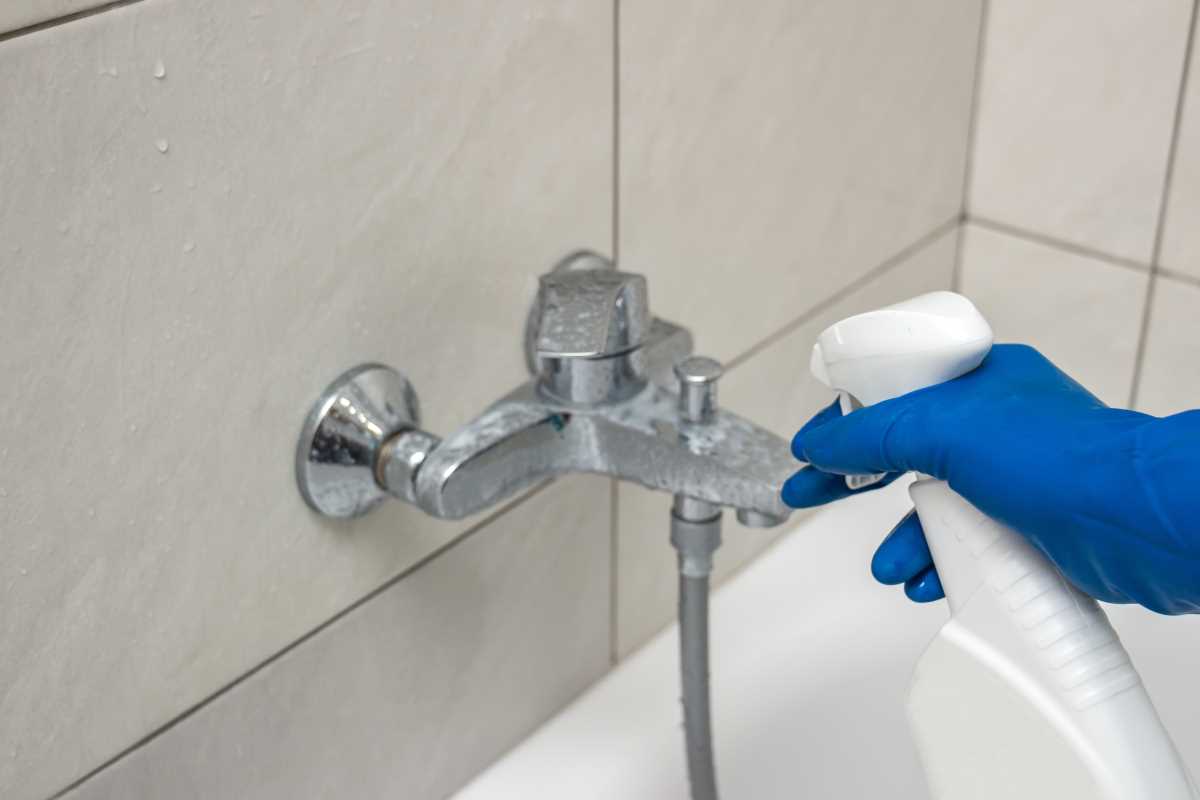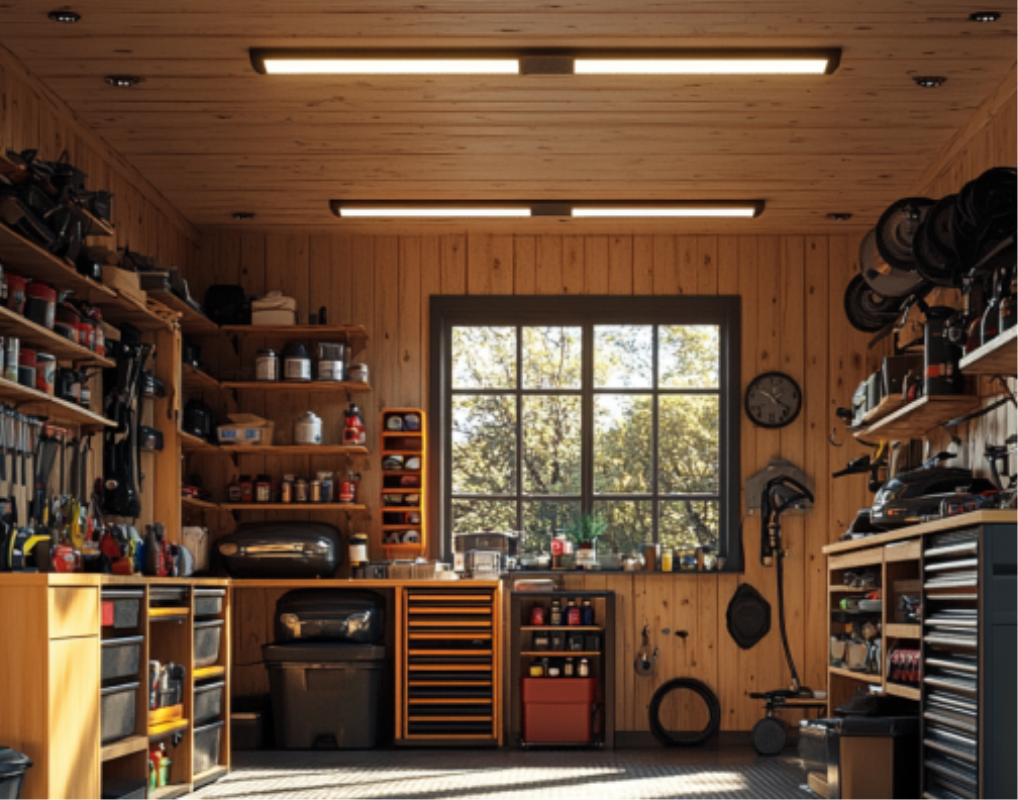Bathrooms are one of the most common places for mold and mildew to develop. With their high humidity levels, damp surfaces, and limited airflow, they provide the perfect breeding ground for these unwelcome guests. However, with the right preventive measures, you can keep your bathroom clean, fresh, and mold-free. Here are simple yet effective tips to help you do just that.
The Importance of Ventilation
Proper ventilation is the first line of defense against mold and mildew. Moist air needs to escape to prevent condensation on walls, ceilings, and surfaces.
- Use Exhaust Fans: Turn on the exhaust fan during and after showers. It helps remove moisture and circulates fresh air. Be sure to clean the fan regularly so it operates efficiently.
- Open Windows: If your bathroom has a window, open it after bathing or showering to improve airflow. Natural ventilation can significantly reduce moisture buildup.
- Leave the Door Open: Once you’re done showering, leave the bathroom door open to allow air to flow and speed up the drying process.
Establish a Regular Cleaning Routine
A consistent cleaning schedule plays a huge role in preventing mold and mildew from taking hold.
- Focus on Hotspots: Wipe down areas prone to dampness, such as shower tiles, grout, and sinks, at least once a week.
- Use Mold-Resistant Cleaners: Opt for cleaning products specifically designed to prevent mold and mildew. Natural solutions like vinegar or baking soda work well, too.
- Don’t Forget the Shower Curtain: Wash or replace your shower curtain regularly, especially if it’s fabric or has visible mold spots. If you use a plastic liner, wipe it down to keep it dry.
Keep Surfaces Dry
Mold thrives in wet conditions, so the key is to eliminate as much moisture as possible.
- Use a Squeegee: A quick swipe with a squeegee after every shower can remove excess water from walls, floors, and glass doors. This small yet effective step prevents water from lingering, interrupting the mold growth cycle.
- Wipe Down Fixtures: Dry off damp surfaces, such as countertops and faucets, with a towel or microfiber cloth after use.
Fix Leaks Promptly
Even a small leak can quickly escalate into a mold problem if it’s ignored.
- Inspect Regularly: Check areas under the sink, around the toilet base, and near the shower for any signs of leaks or water stains.
- Repair Issues Quickly: Whether it’s a dripping faucet or a cracked seal, address plumbing problems as soon as you spot them to keep moisture levels in check.
Control Humidity Levels
Keeping your bathroom’s humidity under control is essential to mold prevention.
- Use a Dehumidifier: For bathrooms with limited ventilation, a portable dehumidifier can help remove excess moisture effectively.
- Keep Humidity Below 50%: Use a hygrometer to monitor humidity levels and aim to keep them below 50% for optimal results.
- Avoid Overdoing It with Hot Showers: Long, steamy showers increase humidity significantly, so try to keep showers shorter and use warm instead of hot water.
Choose Mold-Resistant Products
Investing in mold-resistant materials and finishes can actively help prevent issues.
- Mold-Resistant Paint: If you’re renovating or repainting, choose mold-resistant bathroom paint, particularly for walls and ceilings.
- Sealed Grout: Properly sealed grout resists water infiltration, minimizing the chances of mold forming in the cracks.
- Ventilated Shower Mats: Use fast-drying mats and avoid thick, non-breathable ones that trap moisture underneath.
A Mold-Free Bathroom for a Healthy Home
Preventing mold and mildew doesn’t have to be complicated. By keeping your bathroom dry, ventilated, and cleaned on a regular basis, you’ll create a healthy environment that discourages mold growth. A few simple habits, like running the fan, using a squeegee, and addressing leaks promptly, go a long way in maintaining cleanliness and safeguarding your home from unwanted mold problems. Take these steps today and enjoy a fresh, welcoming bathroom every day!







